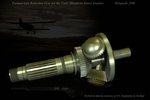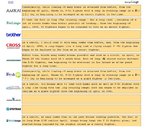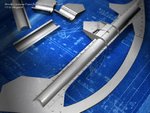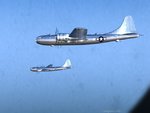- Thread starter
- #81
Thank you Wayne for your detailed information about the captured F6F-5.
You know anything
In my impression, the two Grummans IJA captured were buried somewhere in Kinugawa of Tochigi Prefecture. I have ever been to Kinugawa when I was a child as it was famous for hot springs. Mountains area with few residents. Searching the Grummans may become my lifework
You know anything
In my impression, the two Grummans IJA captured were buried somewhere in Kinugawa of Tochigi Prefecture. I have ever been to Kinugawa when I was a child as it was famous for hot springs. Mountains area with few residents. Searching the Grummans may become my lifework






